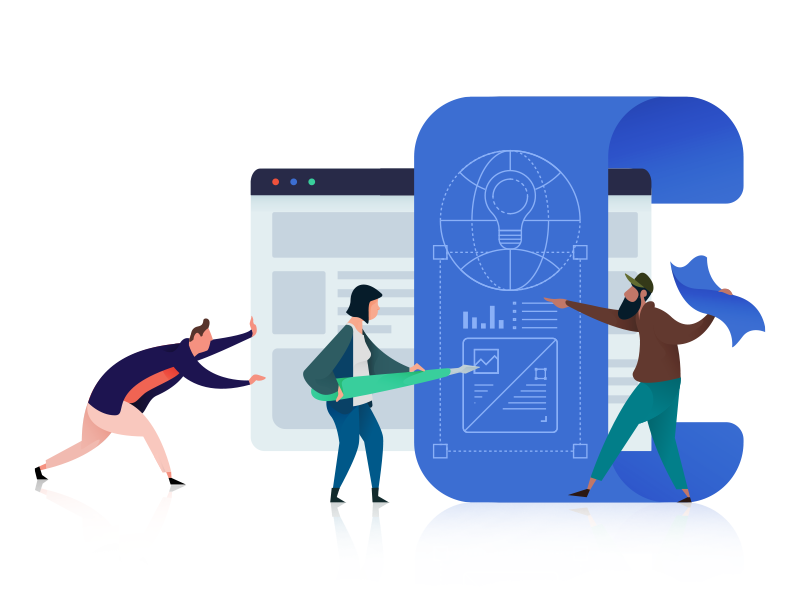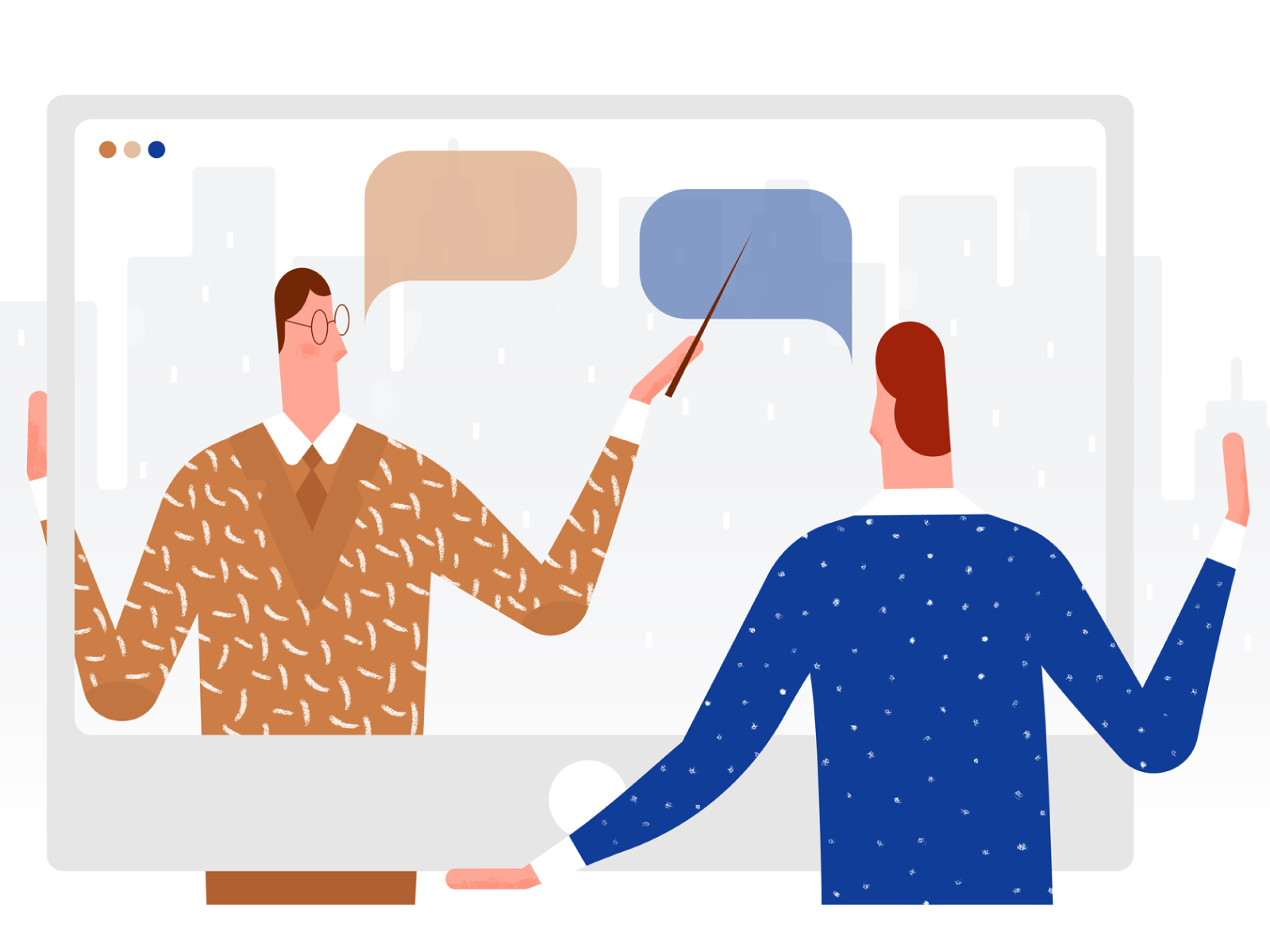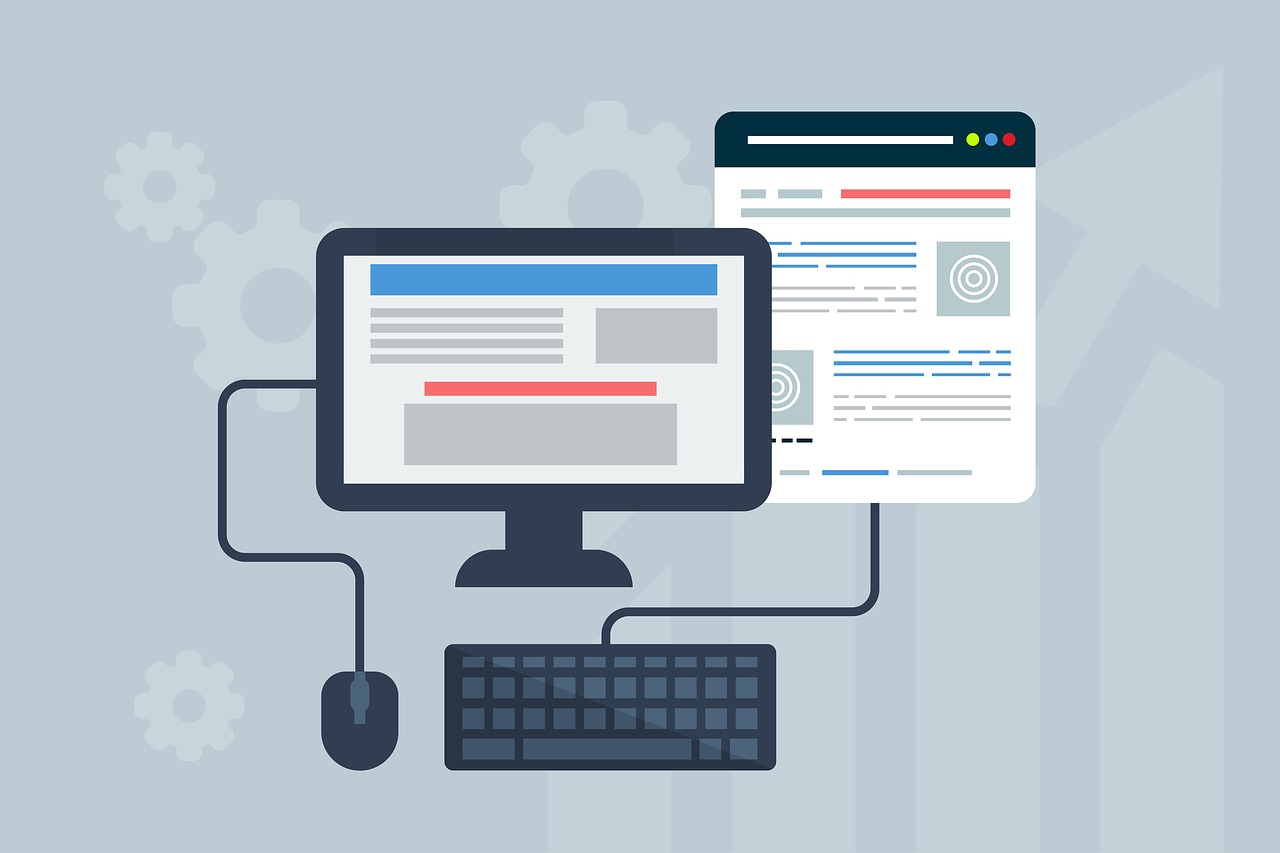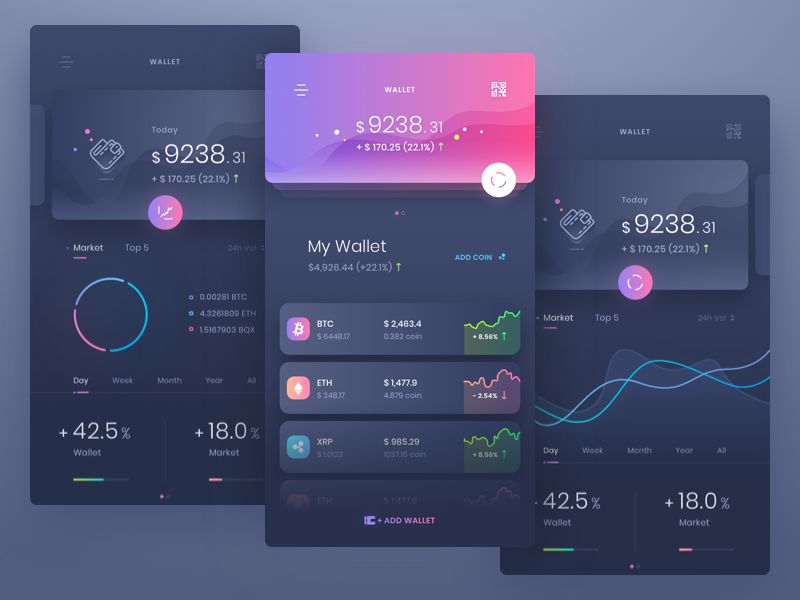User Experience (UX) includes all the aspects of end-user interaction with the company, its services and its products.” It can include items such as:
How the products work, experiences in opening the market and using the product for the first time, Upgrade to new product versions, Learning to use the product and Technical support and product awareness.
A good UX is readily identified by its ease of use and also, it appearance. It gives out an ideal combination of marketing and engineering, industries and interfaces and graphic design elements.
UX Design Process
The process of UX design is what each ux designer does in his own unique way. Sometimes, most can maintain the same flow and process in general, the authorities made in the framework of the procedure are so different.
When it comes to the process of designing the user experience, one size cannot fit all. As a UX designer or agency, you have been asked a number of times about the process you use in designing your UX. While you can give a high-level overview, you should have an established procedure for figuring out the detailed work.
Why UX Planning Process Is In Very Important
A clear and concise user experience process can sometimes determine the quality of the final product. It can easily be the look as make-up or tear-down. When the design process is not constant, a UX designer may not achieve anything worthwhile during the whole project. Many people believe that without a process, a UX designer is more of an idealist rather than a designer.
Eventhough this process is considered to be very beneficial,in reality, is not just a process that can be used in any project you are working on. Basing on the same procedure for each website or application is likely to end up with a bad UX.
The Benefits Of A Dynamic Process
The following graphic is a high-level description of the planning process of UX. Although, clients are guided through this process, it is known that the tasks at each stage can change once it reaches the stage of discovery and design.
Having a process that is dynamic and is classified into several different higher levels is beneficial to keeping a constant project on draft. Practices at each stage should be covered by each project.
While some key stages of the UX design process broken down into: Discovery + Design → Research and Strategy → Detailed design conceptual design, other agencies and designers may choose to split differently. The following are some examples of the different UX design workflows:
Requirements → wireframes drawings → models → application
Research → prototype → test → visual design
Strategy → Research → Analysis → Design → Production
This is a little less damaging than what happens at each stage. For example, some of the UXs offered at Codal include: focus groups, ethnographic research, usability testing, high fidelity wireframes and mapping bulldogs. However, not every client will include the above items in his budget. In contrast, some of these services may not be necessary for any site or application designed.
Why There Is No Single UX Design Process
While some procedures may be repeated, in most cases it is not. Using the same process over and over again does not guarantee success. A process of user experience must be tailored to the specific needs of the project, both for business and functionality. While there are certain practices that obviously need to be followed (research before wireframes), there are authorities in each part of the process that should be designed specifically for only a particular project.
As a designer, chances are that all of your customers do not have millions of budget dollars with unlimited time. Things such as time, budget, resources and technology are some restrictions that can prevent a UXD from doing what it wants.
For example, a website that has worked for eight years has a significant amount of data and analytical data that can be analyzed and used to make an informed decision. You probably also have a number of real users who have interacted with you and are ready to give you authentic information through surveys, interviews, or focus groups.
You can explore potential users who is the target market for the product, but the framework is still different and must take into account the contradictions. Therefore, even if you planned investigations for both scenarios, the practices of their analysis will have to be slightly changed.
While our designers would like to use interviews and surveys for each application of that strategy, sometimes it simply is not possible because of the limitations and requirements of the project. This means you can use another tool – allowing you to talk to real users.
Instead of conducting a series of interviews, a designer could always consider secondary research. While it may not be the most effective as coordinating research, you may have no other choice because of project constraints. Secondary research can actually be a very effective solution if budgeting is a problem.
Taking Into Account The Profitability
As a user experience designer, it can be easy to get carried away with the best practices, principles and tasks of UX. Its aim is that the user has the best experience in platform and it is understandable that you want to do everything possible to ensure that you have a positive experience.
When a person is learning user experience design or human-machine interaction, he is taught the process that will ensure a successful end product.
In the real world, there are obstacles, budget constraints and chances are you could be working with a client who cannot see value in the process of user experience.
Sometimes, it is hard to stick within the scope of your project when the limited time at your disposal will not be sufficient to attain your goal, but it is your responsibility to stay within this range. If not, your benefit service for the project cannot be attained. You must consider the benefits to you and your employer.
Conclusion
The most successful UX design process is so flexible and customizable.
If there are restrictions, the designer must be able to adapt to the situation. Before starting a UX project, it is essential for every UX team to analyze everything that needs to be done to achieve the objectives, all in the interests of the organization and the client.
Designing a home site for the nightlife industry, compared to a business application for a large financial company, for an iPad application for children in a school district, all require a different process, different tasks and one Different attitude. To ensure success, the value of any work for the project must always be evaluated.
Hero Image Source: Dribbble
Author Bio:
Melissa Crooks is Content Writer who writes for Hyperlink InfoSystem, one of the leading app development companies in New York, USA & India that holds the best team of skilled and expert app developers. She is a versatile tech writer and loves exploring latest technology trends, entrepreneur and startup column.



